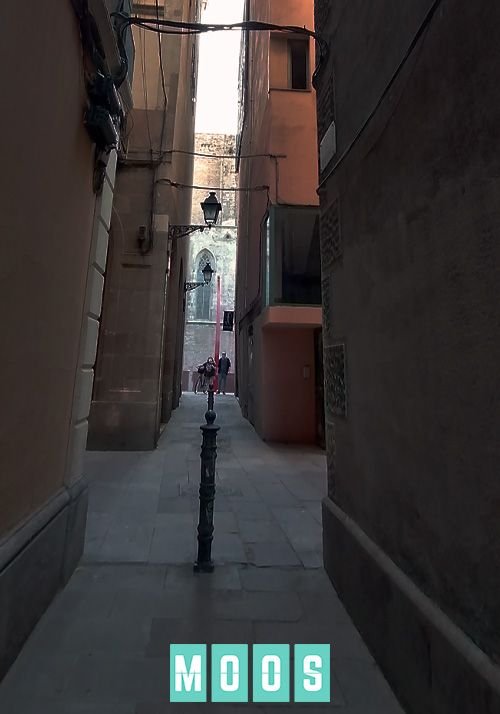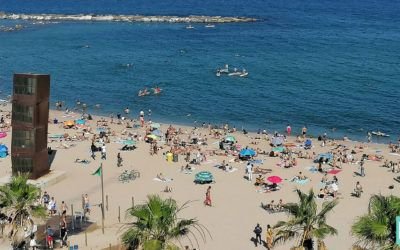XIII century Barcelona was a booming city. Of the 5,000 inhabitants that were there in Roman times, the medieval city of Barcelona came to have about 40,000 approximately. This, not counting the visitors who were passing through. Or those that did not get to be registered.
Many of the latter lived on the edge of the Ribera neighborhood with the sea: a more depressed area and center of marine life.
This sector, which was known as “La Marina”, was also the place of residence of outsiders who did not live in the best conditions: without work, without family and many times they were not counted in the city censuses.
To live, these people would resort to theft, of small things, in order to get some money to eat. Salvation came if he managed to be recruited as part of a crew, among the ships that arrived and left the port of Barcelona.
Now what could they buy with those few coins? What kind of food? That’s when the title of our article comes in:
The “Malcuinat”.
The translation of this word would be “badly cooked”. As you notice, the word tells us everything. We can assure you that it was not the best gastronomic offer in the city, nothing to do with what we like to show you on our channel.
What was it about? Basically, it was a kind of stew made with the remains of what is not usually chosen to eat. Meal leftovers, guts, bones and the worst pieces of meat. It was also commonly called cap i pota (this means in catalan, “the head and the leg”).


To be able to get a “malcuinat” dish, it was enough to go to one of the “casquería” stalls, where this stew was sold. There were so many of these stops that in 1375 the sale of meat was banned in some areas of the city.
Imagine the scene: sidewalks or small stalls on the streets of Barcelona, and very humble and hungry people queuing up to gobble up a little of that “malcuinat”.
There are records that it was sold, for example, in the Carrer dels Capellans, a few meters from the Cathedral; also in the Carrer de les Freixures, supplied by the market that used to be in the Placa de l’Angel (where the Jaume I metro station is today) and in a small street, that we usually walk through a lot, very close to Santa María del Mar.
The name remains: it is the Carrer del Malcuinat, and it is just outside the Fossar de les Moreres. Walking through there we can imagine these very poor people, living between the city and the sea, next to the port, and passing through that street to eat, at least, something that helps to tackle the hunger.
Source: “Historias de la historia de Barcelona” – Dani Cortijo







0 Comments